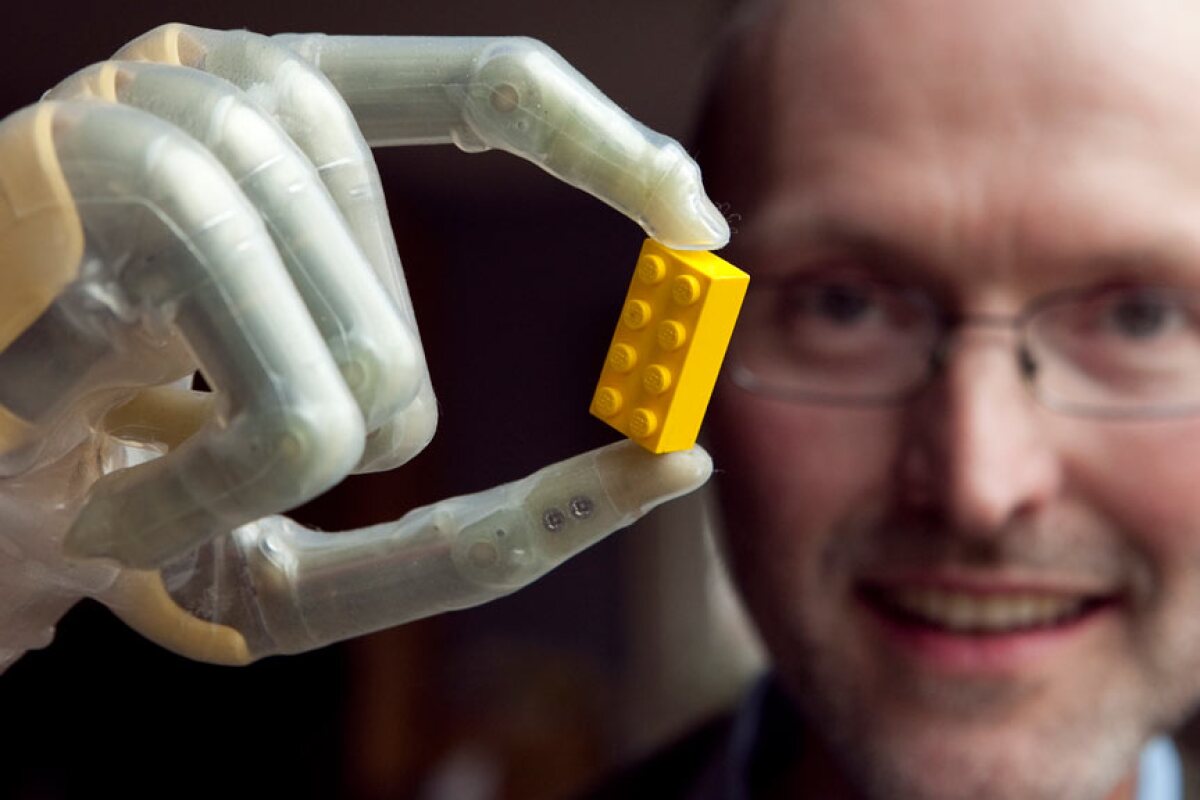The fact that the hand is such a debilitating body part to lose has spurred researchers to develop a functional and aesthetically pleasing bionic replacement. While seemingly not as severe as the loss of an entire hand, the loss of fingers can be just as much of a hindrance and represents the largest group of arm amputees. Short of removing the remaining partial hand, there has been no bionic option available to replace missing fingers. Now, a developer of upper-limb bionic technologies has addressed this deficit with the launch of ProDigits, the world’s first powered-bionic finger.
Made by Touch Bionics, the same company responsible for the i-LIMB Hand, each ProDigits prosthetic build is unique; just as each partial-hand patient is unique. Sockets are custom-designed and fabricated by clinicians to suit the individual’s specific needs. The key to enabling the fitting of many different partial hand configurations lies in each finger (including thumbs) being capable functioning as a standalone unit.
There are two control strategies that can be employed to power ProDigits: either myoelectric sensors that register muscle signals from the residual finger or palm, or a pressure sensitive switch input in the form of a force sensitive resistor (FSR), or touch pad, which relies on the remnant digit or tissue surrounding the metacarpal bone to provide the necessary pressure to activate the finger. As with the i-LIMB Hand, a unique stall feature allows the device to detect when it has closed around an object, also allowing users to point single digits and configure the hand in various grip patterns.
In addition to the movement of the ProDigit prosthesis being natural in appearance, Touch Bionics also offers a LIVINGSKIN covering that is a high definition silicone solution used to provide a human-like appearance. Others who prefer a high-tech appearance can opt for a clear or black robotic skin.
It is estimated that there are around 42,000 partial-hand amputees in the U.S. and 1.2 million worldwide. With a two-finger amputation translating into 20-40 percent hand impairment, depending on which fingers are affected, and close to 11-22 percent whole-person impairment, taking both physical and psychological factors into account, the ProDigit prosthesis could significantly improve the quality of life for a considerable number of people.
Suitability for ProDigits requires candidates to have an amputation of one or more fingers at the transmetacarpal level or higher, although it is also possible to support candidates with a portion of the finger remaining.
Because of the personalized nature of each ProDigits fitting, Touch Bionics is developing a clinical collaborator program in North America in which the company will partner with practitioners in order to fit patients. Around the world, Touch Bionics will roll out ProDigits in more than 40 countries through already established relationships and distribution channels.









